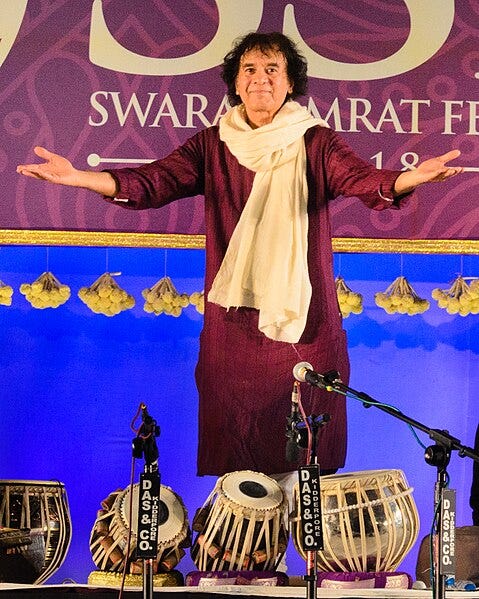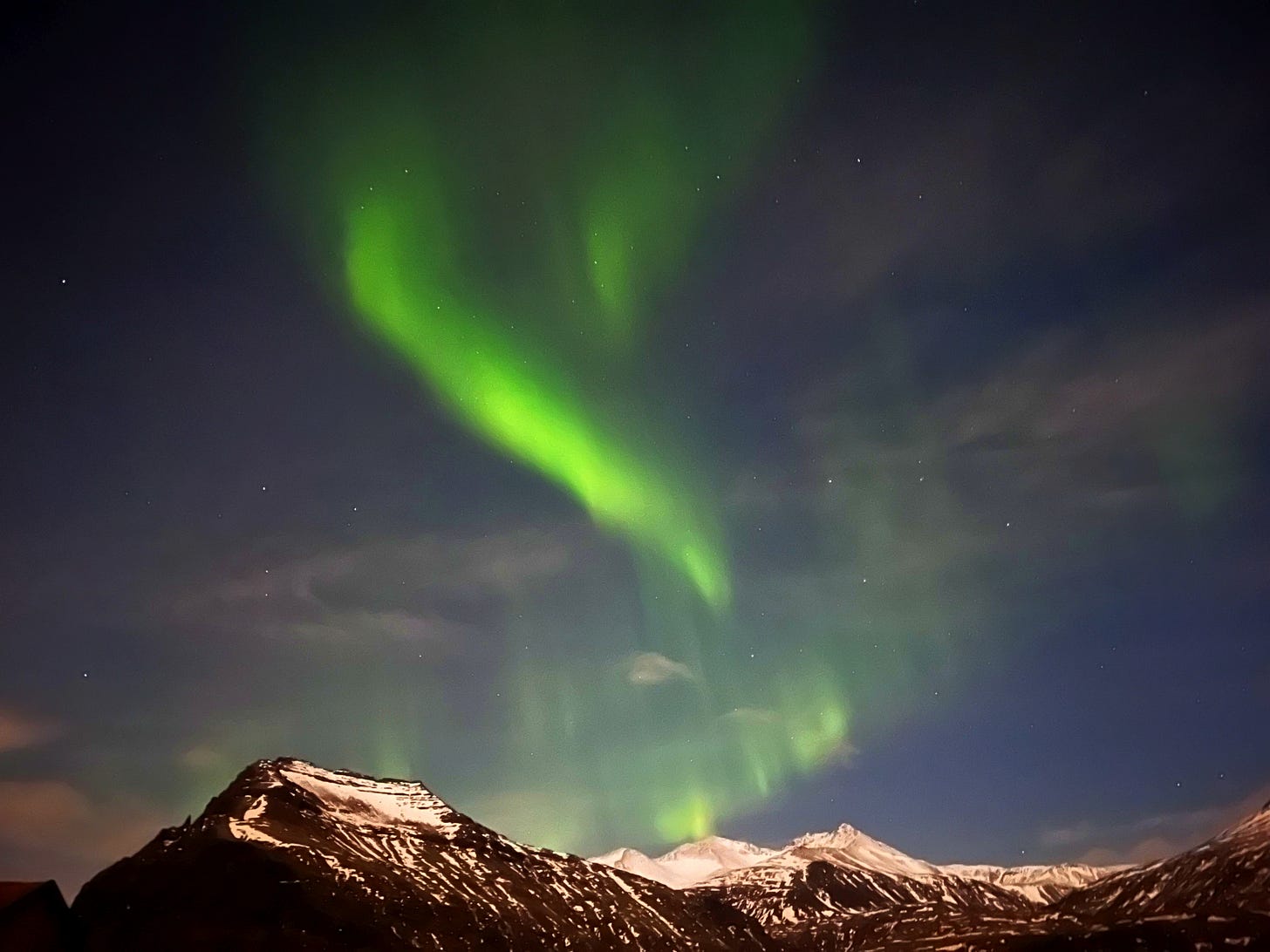A Personal Tribute to Tabla Wizard Zakir Hussain
Zakir Hussain's performance as an Indian classical musician has parallels in the cosmic universe says Ravi Rao, an engineer
(Photo: Zakir Hussain, courtesy Wikimedia Commons.)
December 28, 2024
By Ravi Rao*
Percussion and rhythm captivate our attention at all ages. As a child, I would drum on every surface in the house, including with spoons and forks on the dining table. My mother figured it would be better for me to learn a percussion instrument instead of denting tables and cutlery. So, at age six, I started learning to play the tabla.
I find drumming by tribals, which is said to be primitive, very mesmerizing. In Indian mythology, Lord Shiva, the cosmic dancer, holds a drum in his right hand which represents the rhythm of the universe.
Zakir Hussain, a tabla player, displayed the power of rhythm more than most modern musicians. Revered as an Ustad, a master, he performed with a wide range of renowned musicians from the sitarist Ravi Shankar and the Beatle George Harrison to cellist Yo-Yo Ma. This year, Ustad Hussain won three Grammy awards. He passed away on December 15, at the age of 73, in the San Francisco Bay area where he lived.
When I was 16, my father took me to a concert by Ustad Ali Akbar Khan, playing the sarod, accompanied by Ustad Zakir Hussain on the tabla. It was held one evening in the courtyard of a school, Nutan Marathi Vidyalaya, in Pune. Ustad Ali Akbar Khan played beautiful melodies on the sarod, though I did not understand much of it. They were performing a composition in a rare 15 beat rhythmic cycle when a string on the sarod broke.
While a new string was being put on the sarod, Ustad Hussain played a solo piece. I was stunned, never having heard such tabla sounds before. Since I found it difficult to play the tabla, even after ten years of practice, I could not believe that human hands could play strokes so fast and so clearly as Ustad Hussain. Also, there was poetry in his composition. Few in the audience had heard a tabla performance of such high caliber before and so we did not want his solo to end!
Since that introduction, I have eagerly attended as many of Ustad Hussain’s concerts as I could. In May 1993, he and Ustad Imrat Khan played a tabla-sitar concert at Symphony Space in New York City. I was then a student of Ustad Khan and helped him transport his sitar to the venue. After the concert, a few fans joined the artists for dinner. I met a sweet lady who had attended the concert and organized the dinner. We got married the next year. Looking back, I am grateful for Ustad Hussain’s accidental role in my personal life.
A few years later, Ustad Irshad Khan played a sitar concert at Symphony Space, also accompanied by Ustad Hussain. Before the concert, I met them backstage. Ustad Khan asked me to play the tanpura, a long-necked four string drone instrument. I said I was not dressed to join the performers. He took out a spare kurta from his bag and asked me to wear it.
So, I went on stage and played the tanpura. I got a magical perspective on such concerts, especially the subtle signals, timing and co-ordination between the two master musicians.
When Ustad Hussain played vigorous passages on the tabla, the entire temporary platform, on which we were seated, would vibrate. His energy was contagious to his fellow musicians as well as the audience, who repeatedly broke out in applause. The Ustad must have lost a few pounds in weight during the performance.
I am waiting for the day when, with 4D and other new technologies, recordings of such concerts can be experienced in a theater with sound vibrations transmitted through the air and through the seats.
(Photo: Aurora Borealis - Northern Lights - Iceland, December 2024. © Ravi Rao.)
I was in a remote part of Iceland on the day that Ustad Hussain passed away. That night, a full moon night, I enjoyed a rare celestial treat: an astounding display of aurora borealis – Northern Lights - which lasted ninety minutes.
I felt as if, having dazzled audiences on planet earth for decades, the Ustad was moving into a celestial orbit. On his journey, he could not resist leaving his rhythmic patterns in the sky, to mirror his strokes on the tabla. The only difference was that the patterns in the sky were formed by magnetic particles and light.
To me, the legend of Ustad Zakir Hussain will be synonymous with the beauty of the Northern Lights. I believe he is dazzling audiences in a galaxy far, far away.
*Ravi Rao is a professor in Computer Science at Fairleigh Dickinson University, U.S., 2015 to present. Earlier he worked at IBM, 1990-2015. He earned a PhD in Computer Engineering from the University of Michigan, 1989, and a B. Tech, Electrical Engineering, from the Indian Institute of Technology, Kanpur, 1984. He plays the sitar in addition to the tabla.
You can listen to a PODCAST version of this article by Ravi Rao*, also in the Global Indian Times, VIA THIS LINK.




I played Sitar once with Zakir at a friend's house in London when he was 16 and just performing at London's South Bank before flying off with Ustad Ali Akbar Khan's first son Ashish Khan, also a fine Sarod player, to USA to teach.
Sad lose to the music world.
Clem Alford
London